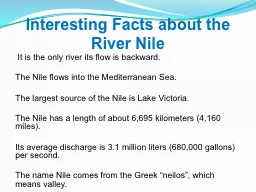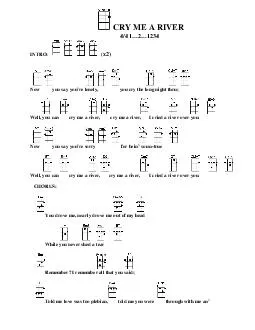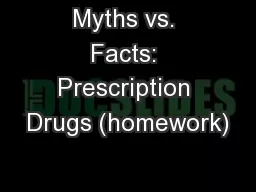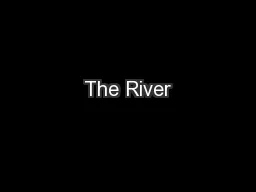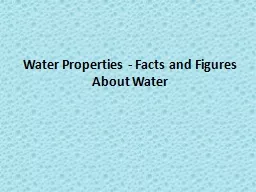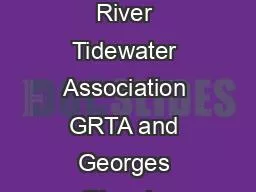PPT-I nteresting Facts about the River
Author : tawny-fly | Published Date : 2018-03-14
Nile It is the only river its flow is backward The Nile flows into the Mediterranean Sea The largest source of the Nile is Lake Victoria The Nile has a length of
Presentation Embed Code
Download Presentation
Download Presentation The PPT/PDF document "I nteresting Facts about the River" is the property of its rightful owner. Permission is granted to download and print the materials on this website for personal, non-commercial use only, and to display it on your personal computer provided you do not modify the materials and that you retain all copyright notices contained in the materials. By downloading content from our website, you accept the terms of this agreement.
I nteresting Facts about the River: Transcript
Download Rules Of Document
"I nteresting Facts about the River"The content belongs to its owner. You may download and print it for personal use, without modification, and keep all copyright notices. By downloading, you agree to these terms.
Related Documents

